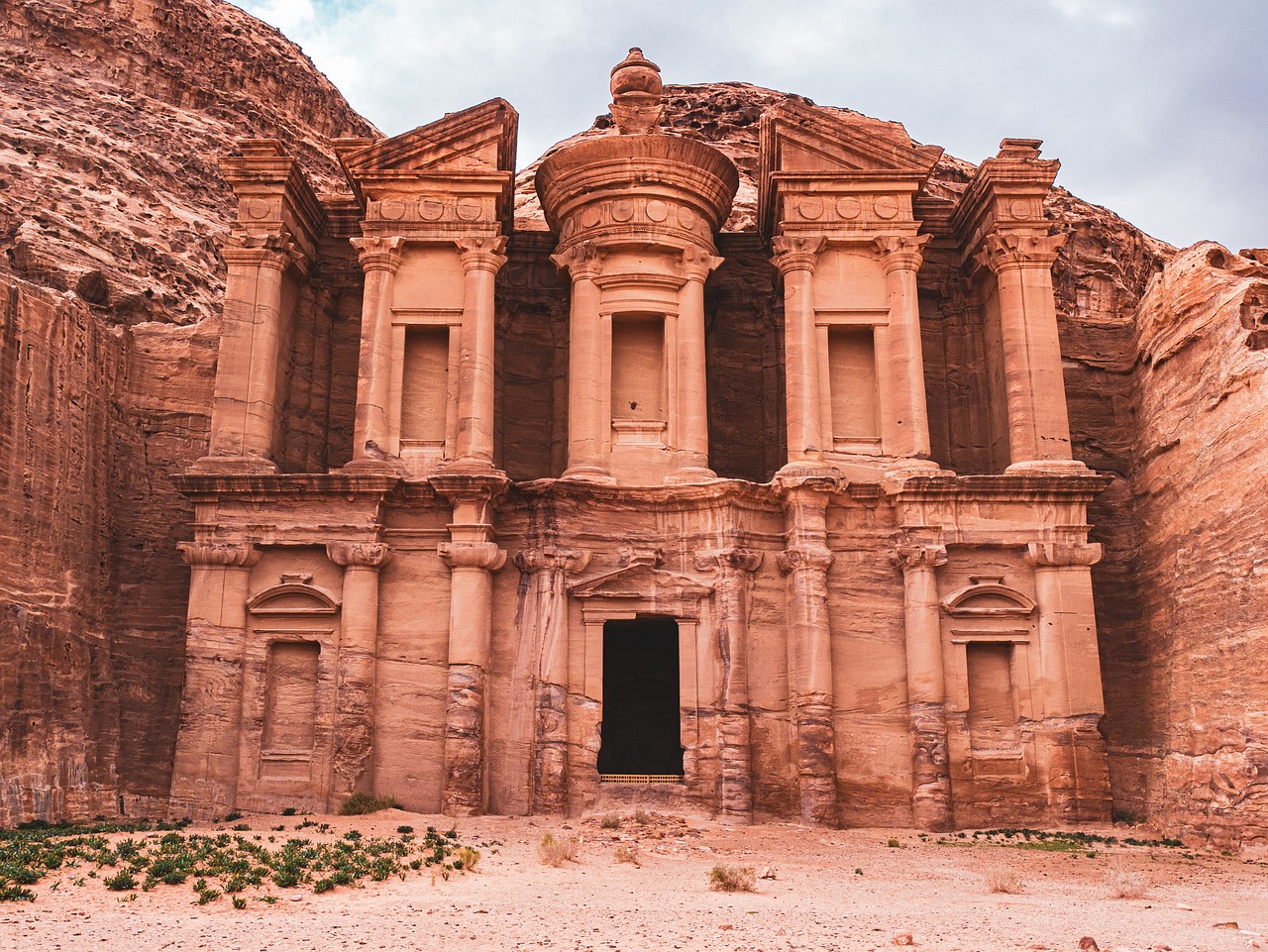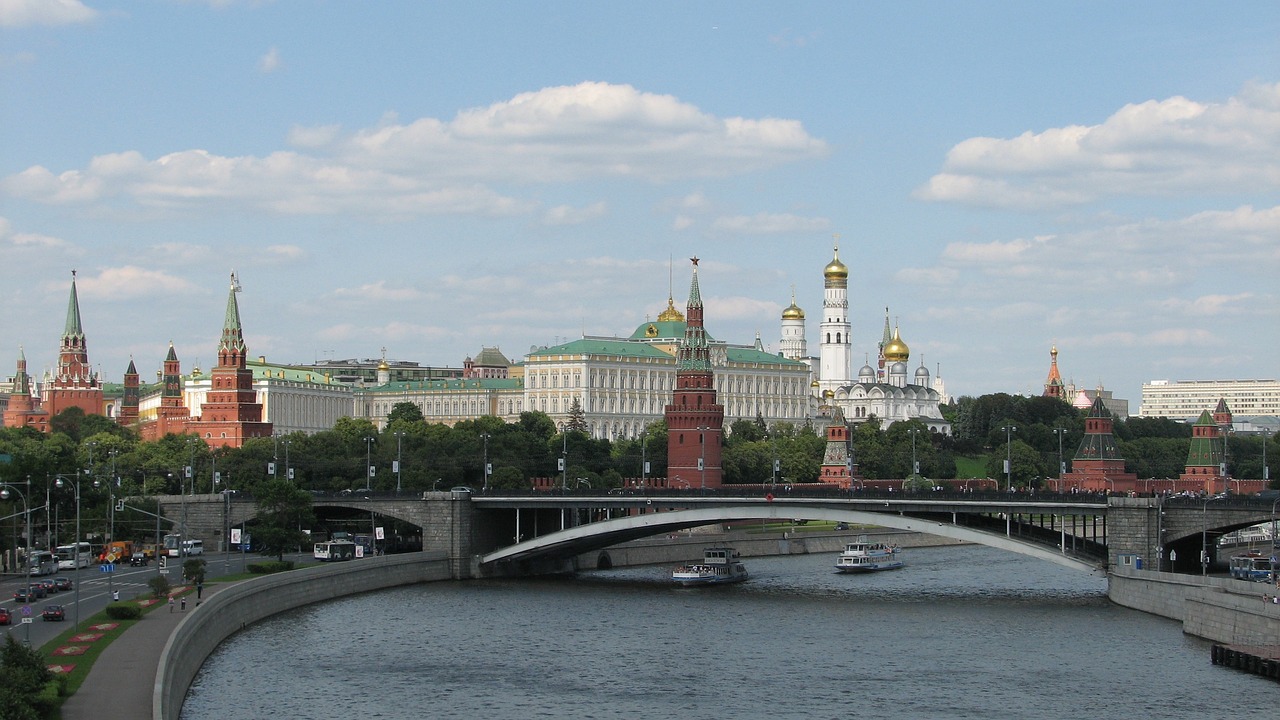Petra, an ancient city carved into the rose-red cliffs of southern Jordan, stands as a testament to human ingenuity and the mysteries of the past. Once a thriving trade center and the capital of the Nabataean Kingdom, Petra, often referred to as the ‘Rose-Red City’ due to the color of the stone from which it is carved, has fascinated travelers and historians alike for centuries.
A UNESCO World Heritage site, Petra offers a unique journey back in time, allowing visitors to marvel at its architectural grandeur and immerse themselves in its rich history. The city’s most iconic structure, the Treasury (Al-Khazneh), emerges as a breathtaking sight at the end of the narrow, winding gorge known as the Siq. This awe-inspiring facade, carved directly into the cliff face, showcases the intricate artistry of the Nabataeans.
Beyond the Treasury, Petra’s extensive site includes tombs, temples, an ancient theater, and the Monastery (Ad Deir), another monumental building carved out of rock, located high in the hills. The hike to the Monastery is a challenging yet rewarding experience, offering panoramic views of the surrounding valleys.
Cultural Significance: Petra is not just an archaeological marvel; it’s a cultural treasure. It provides insight into the Nabataean civilization, known for their skill in water management, architecture, and craftsmanship. The city’s strategic location along the caravan routes enabled it to flourish as a commercial hub, blending Eastern and Western cultures. This cross-cultural influence is evident in the Hellenistic architectural styles that merge with traditional Nabataean elements.
Practical Travel Tips:
- Best Time to Visit: The ideal time to explore Petra is during spring (March to May) or autumn (September to November) when the weather is mild.
- Getting There: Petra is accessible from Jordan’s capital, Amman, and the port city of Aqaba. Visitors can opt for a bus, hire a car, or join a tour group.
- Accommodations: Options range from luxury hotels to budget hostels in the nearby town of Wadi Musa.
- Tickets and Tours: Purchase a one, two, or three-day pass, and consider hiring a local guide for insightful stories and hidden gems.
Experiencing Petra: Visiting Petra is an immersive experience. Begin your journey walking through the Siq, a narrow gorge flanked by towering cliffs. As you reach the end, the stunning view of the Treasury appears, a moment many describe as magical. Explore the Street of Facades, lined with tombs, and the Roman-style theatre carved into the side of a mountain.
As you venture further, take the time to visit the Royal Tombs, notable for their impressive facades, and the Colonnaded Street, a remnant of Roman influence. The hike to the Monastery is steep, but the breathtaking views and the sheer size of the Monastery are unparalleled rewards.
Conclusion: Petra, often called a ‘lost city’, was only rediscovered in the early 19th century. Today, it stands as a monument to human achievement and resilience, offering an unforgettable journey through history, art, and culture. Whether you’re a history buff, an adventure seeker, or simply someone who appreciates the beauty of ancient civilizations, Petra is a destination that should not be missed. The city’s enchanting beauty and historical significance make it a must-visit for any avid traveler



